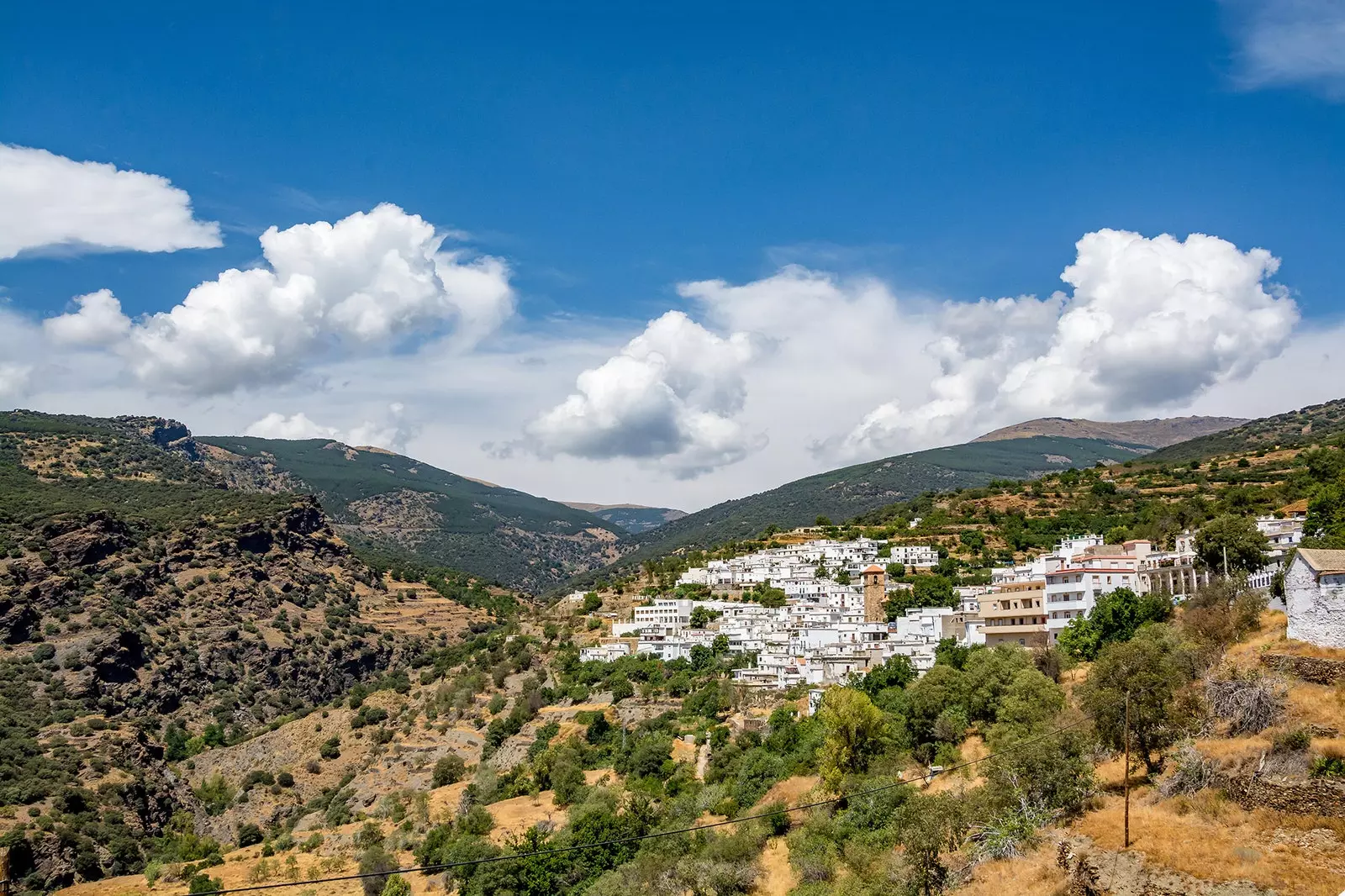
Bayárcal, a walk through the Alpujarras of Almeria
On the edge of the Sierra Nevada foothills, a few kilometers from the Mediterranean Sea and in contact with the Tabernas Desert, the white villages of the Alpujarras of Almeria they are distributed between monumental mountains and green valleys as if they were homing pigeons that perch staggered on this evocative terrain.
When the word 'Alpujarra' is heard, we quickly move our mind to the province of Granada, but the Alpujarra also extends through the province of Almería.
Following the course of Andarax River , the Alpujarra has been populated since the Neolithic, although it is the muslim presence , after the reconquest of Granada by the Catholic Monarchs, which leaves the most obvious mark on the composition of these peoples, since they understood urbanism as an organic development.
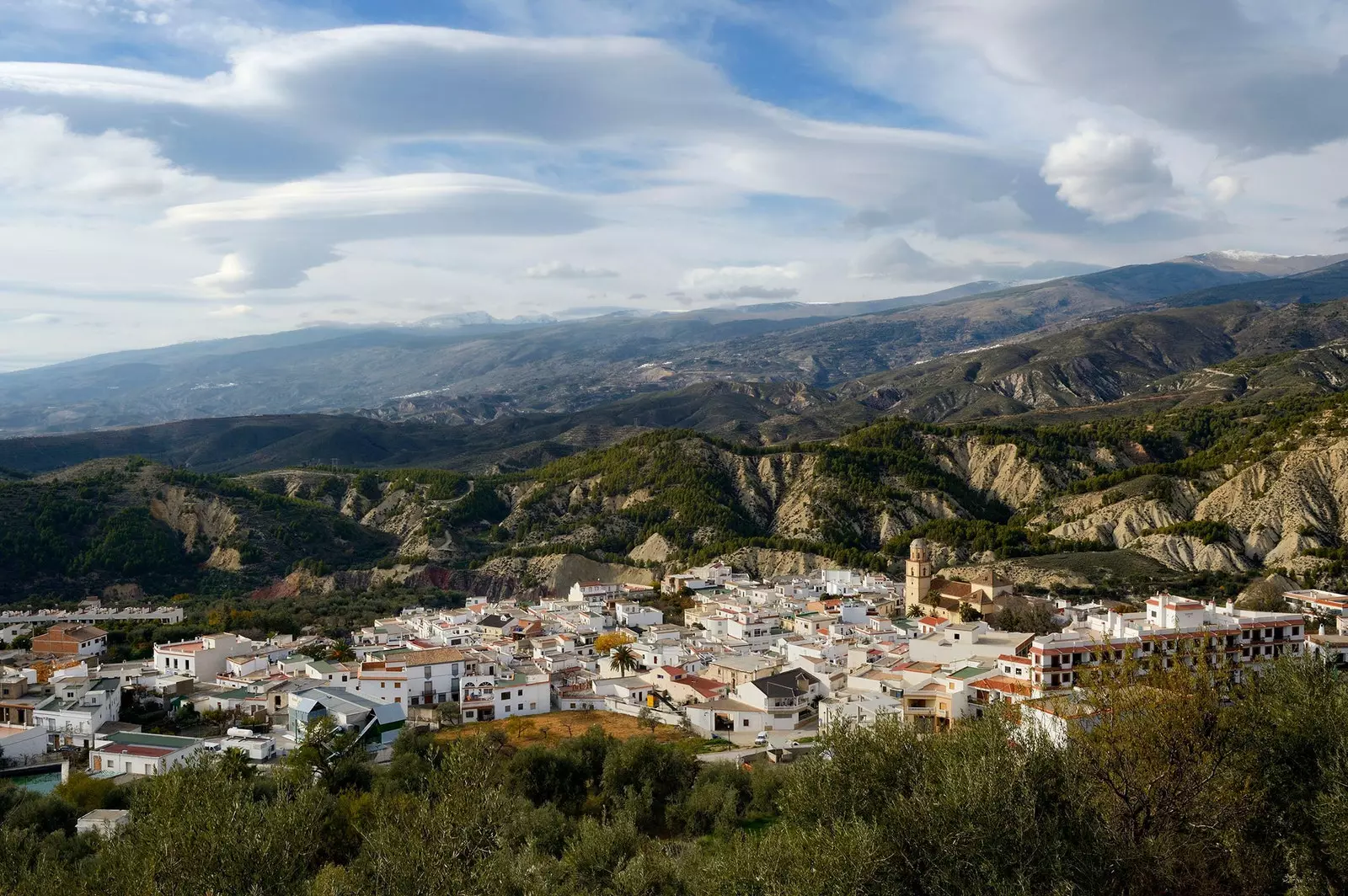
alcolea
The houses of these towns, which were not always white, are built with indigenous materials to achieve, thus, a natural blending with the environment.
Wearing slabs of slate, pebbles, chestnut, poplar and walnut woods This 'camouflage' was achieved with the environment, which ended up sprinkling this mountain landscape with whitish traces when lime was invited to cover the facades of the Alpujarra country houses.
The towns of the Alpujarra of Almeria still have something of an Andalusian labyrinth , with its steep and winding alleys, its clearly Moorish-style handicrafts and its typical mountain buildings, but with flat roofs that are called 'terraos' there and that are usually used as dryers or clotheslines. In each village there are small orchards, launa houses and cats that enjoy the most absolute peace in any corner.
A typical image of the streets of the Alpujarra is that of the 'tinaos', some cornices that cover part of the streets and serve as protection when bad weather rages in the area and snowfalls intensify. It is one of the most characteristic architectural elements of the Alpujarra, both from Granada and Almeria.
Also the smoking chimneys of the Alpujarra they have something peculiar, since they usually have a cylindrical shape and are finished off with a 'hat' made with a slate flake and a 'castigaera' stone so that the wind does not rip it off.
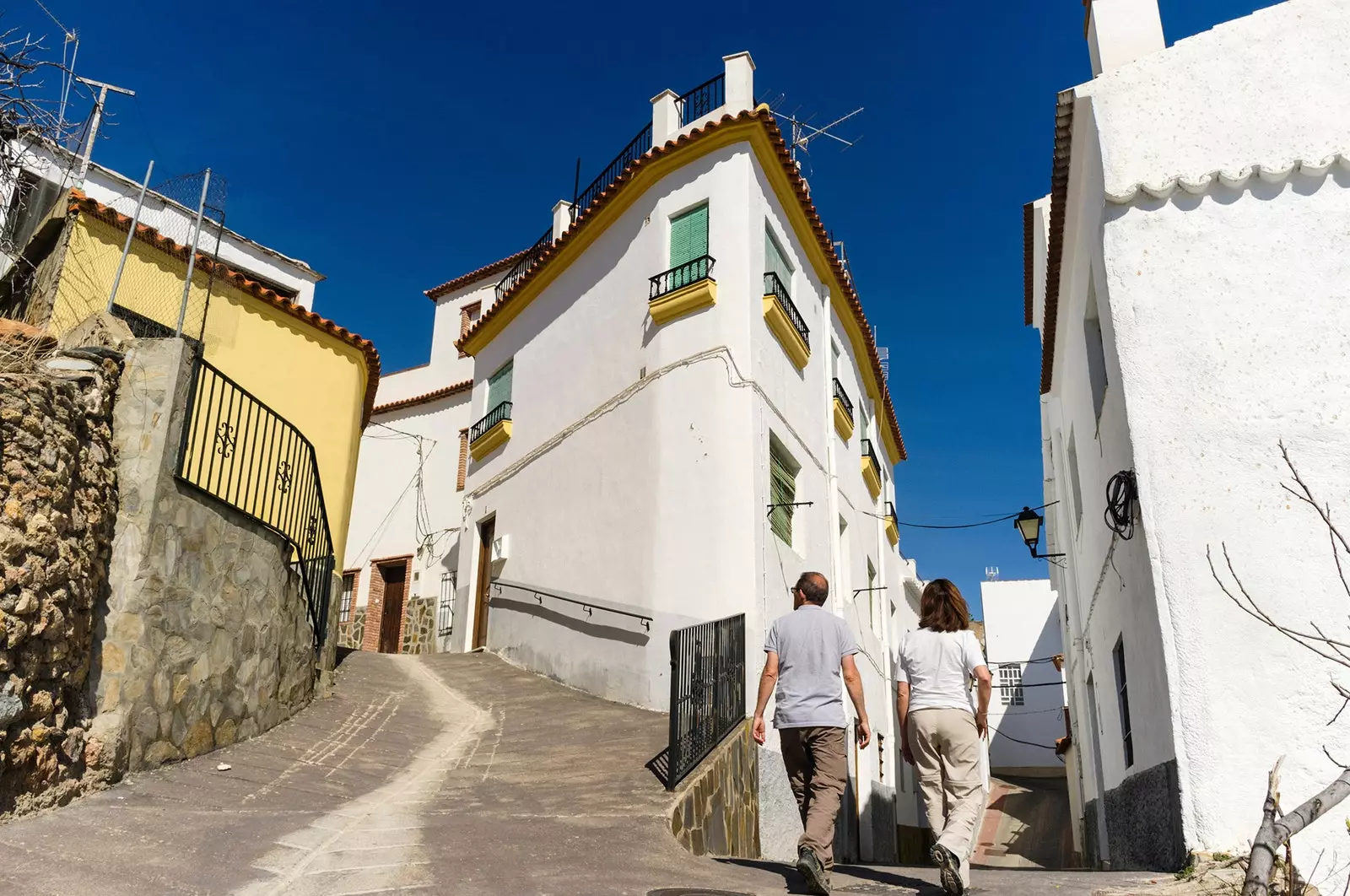
Slabs of slate, pebbles, chestnut, poplar and walnut woods and lime
Silence is the great lord of the Alpujarra , because there is hardly any noise, or cars. For not having, there are not even stores in some of these towns, since their neighbors tend to make food sovereignty a way of life and They live off what they themselves produce. in this fertile region.
The Andarax River is nourished during its course by streams, waterfalls and torrents, and on its banks, where everything shines with water, grow vines, olive trees and crowded orchards.
THE LAST REFUGE OF AL-ANDALUS
Traces of the Arab past are very present in the names of the towns: Alboloduy, Alcolea, Bayárcal, Bentarique, Canjáyar, Huécija, Ohanes, Terque…
Numerous are the municipalities that extend through the mountain landscape of the Alpujarras of Almería. And, among them, some stand out as Alhama de Almería, Laujar de Andarax or Fondón.
Alhama de Almería, known as the 'Puerta de la Alpujarra', is a town that has grown around the culture of water thanks to its waters with special properties and that they knew how to take advantage of with the construction of a ** spa **.
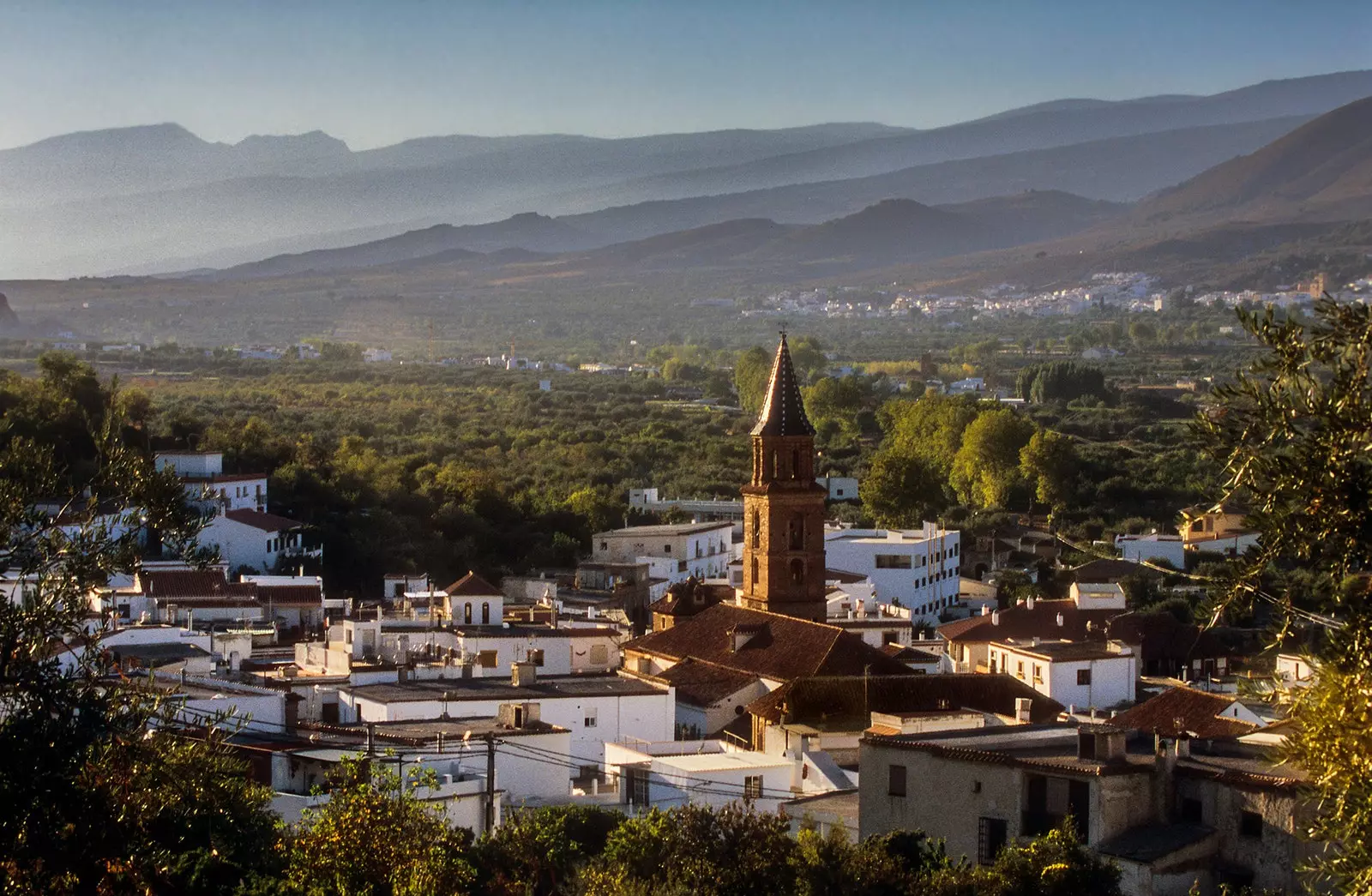
fondon
For a long time, its beginnings have been associated with the muslim era , since it is easy to recognize the memory of this culture in the layout of its streets, the baths of Arab origin and the remains of a fortress. But the recent discovery of some vestiges of roman civilization suggests that its origin can be traced back to the first centuries of our era.
If there is a town considered the emblem of this region, that is Laujar de Andarax , better known as Laujar. It is famous for their wines and for being the last resting place in Spain of King Boabdil , who held the lordship of the Alpujarra after the conquest of Granada, establishing his capital here before fleeing to Africa. Laujar was also the birthplace of Francisco Villaespesa , the most important poet and playwright from Almería and who dedicated several of his most famous verses to his people.
The town was very notable in the past in the textile sector, especially in silk , despite the fact that it has practically disappeared today: there is hardly a loom left in the town square as proof of this.
fondon was, in 1567, a key place in the Moorish rebellion in the Alpujarra. As a result of those revolts, the area was depopulated of Moors and repopulated with Christians.
Over the centuries, Fondón ended up adding to its streets, in addition to the typical Moorish architecture, 18th century buildings, the result of a more enlightened architecture and that coincided with the lead mining activity.
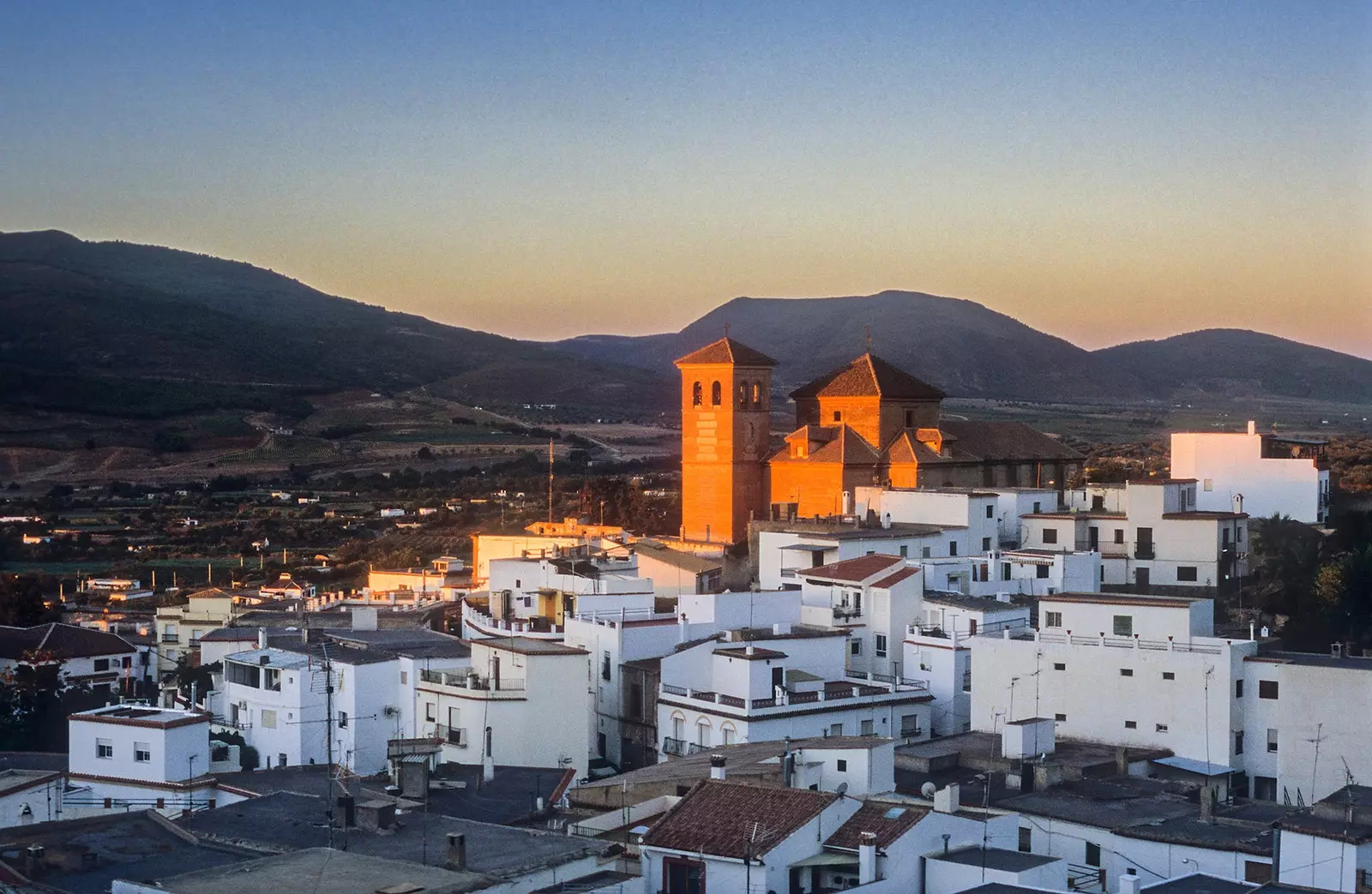
Laujar, the last resting place in Spain of King Boabdil
The town is also renowned for **its wines and for the Fondón Flamenco Festival**, held every year in August, which features renowned artists and makes it the international epicenter of flamenco for a few days.
UNIQUE GASTRONOMY AND THE CULTURE OF WATER
Alpujarra cuisine is understood as a unique liturgy. Known as the land of the three liquids, water, wine and oil , its gastronomy has preserved the traditional arabic-andalusian elements , which is why two aspects of the native cuisine are intertwined: the Christian and the Moorish. The history of this area could be told through the culinary life of the cultures that inhabited it.
They are experts in organic wines , like the one produced in the eco-winery ** Cortijo El Cura ** and, although grazing and farming , at first, did not go beyond self-consumption, today it has turned some products into an important source of income, such as the oil of ** The Oil Mill of Canjáyar **.
A walk through the abrupt landscape of the Alpujarra and its extreme climate invites you to yearn for strong dishes, typical of the winter cold, such as the 'ajo tostao' soups, the flour crumbs, the stew of fennel, the pot of cabbage or the 'stew stew'. Although if there is a representative dish of the place, that is the 'alpujarra dish' , which includes the most indigenous products in a single delicacy: black pudding, longaniza, pork tenderloin, 'poor potatoes' with fried egg and serrano ham.
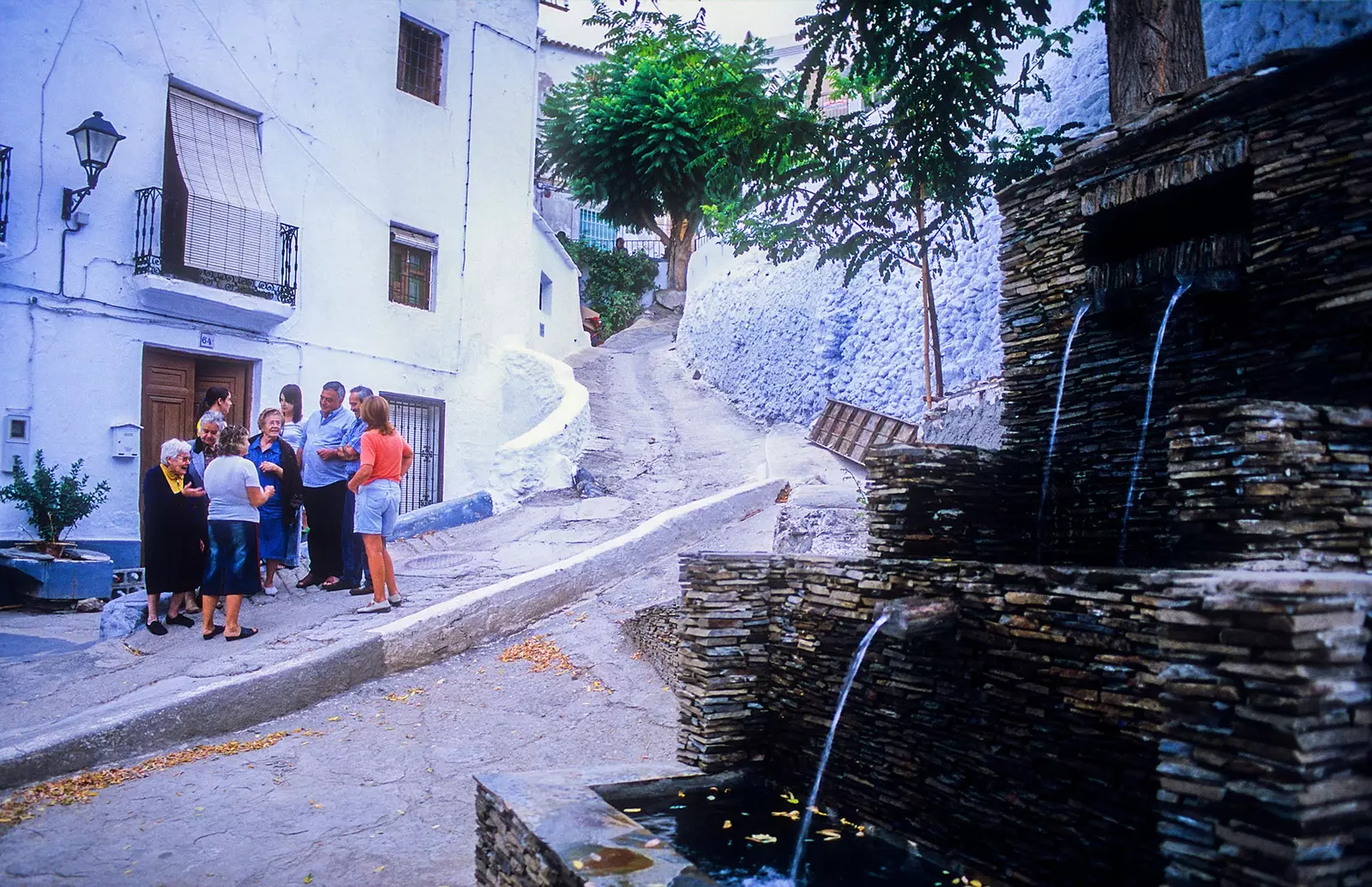
Water, a very present element in La Alpujarra
Also the repertoire of sweets and desserts is varied, many of them still retain the Muslim essence and have as main ingredients almond and honey. There are bakeries that sell typical sweets, such as soplillos, mantecados from Fondón, fig bread, wine donuts, “borrachillos” or donuts from Alhama , among others.
Water It is part of these lares in a natural and primitive way. Its sound runs during the thaw through the ditches and irrigates the farm fields. It is present through the multiple fountains and sinks, in force since the Arab era. The inhabitants have been able to adapt the geography with the construction of terraces and balates to be able to take advantage of the water and hold the land, and convert this area that, originally, was forestry and livestock, into an agricultural one.
You can follow the Route of the Fountains of the Alpujarra to attest that water is not a scarce commodity in this part of Almería. As in Berja, which has thirty fountains or the jewel in the crown that is Alhama de Almería, where its ancient thermal waters remain at a constant temperature of 47º.
ALPUJARREAN LEGENDS, ROMANCES AND POETS
Many are the romances, legends and popular or cult poems that take us to the Alpujarra mountain range, since its landscapes, its people and its history make it an inexhaustible source of stories.
In some areas near Laujar legends related to the death of queen Morayma are told , the wife of Boabdil el 'Chico', the last Nasrid king. The story tells that the king deeply loved her wife and that, after her death, he fled to Africa and left her body in a humble grave, nothing to do with what should be the burial of a Queen.
They say that the ones she shed on this tomb were her last tears in the land of what was once al-Andalus , and not the ones that count in the famous and mythical scene of the sigh of the moor after losing his Grenade.
In Dalias, there is the cave-mine of 'El Sabinal' which, they say, leads through secret passageways to a legendary treasure. There is also, between Laujar and Fondón, a legend that speaks of a great cave and some great constructions, known as 'grave of the giant' , since it was believed that, in other times, Cyclops resided there, whose fight between them ended up producing a war with giant boulders among those who were buried.
These stories and many others, of a romantic nature, meant that, during the 19th century, many foreign artists They moved to the area looking for a mysticism similar to the one they found in the East.
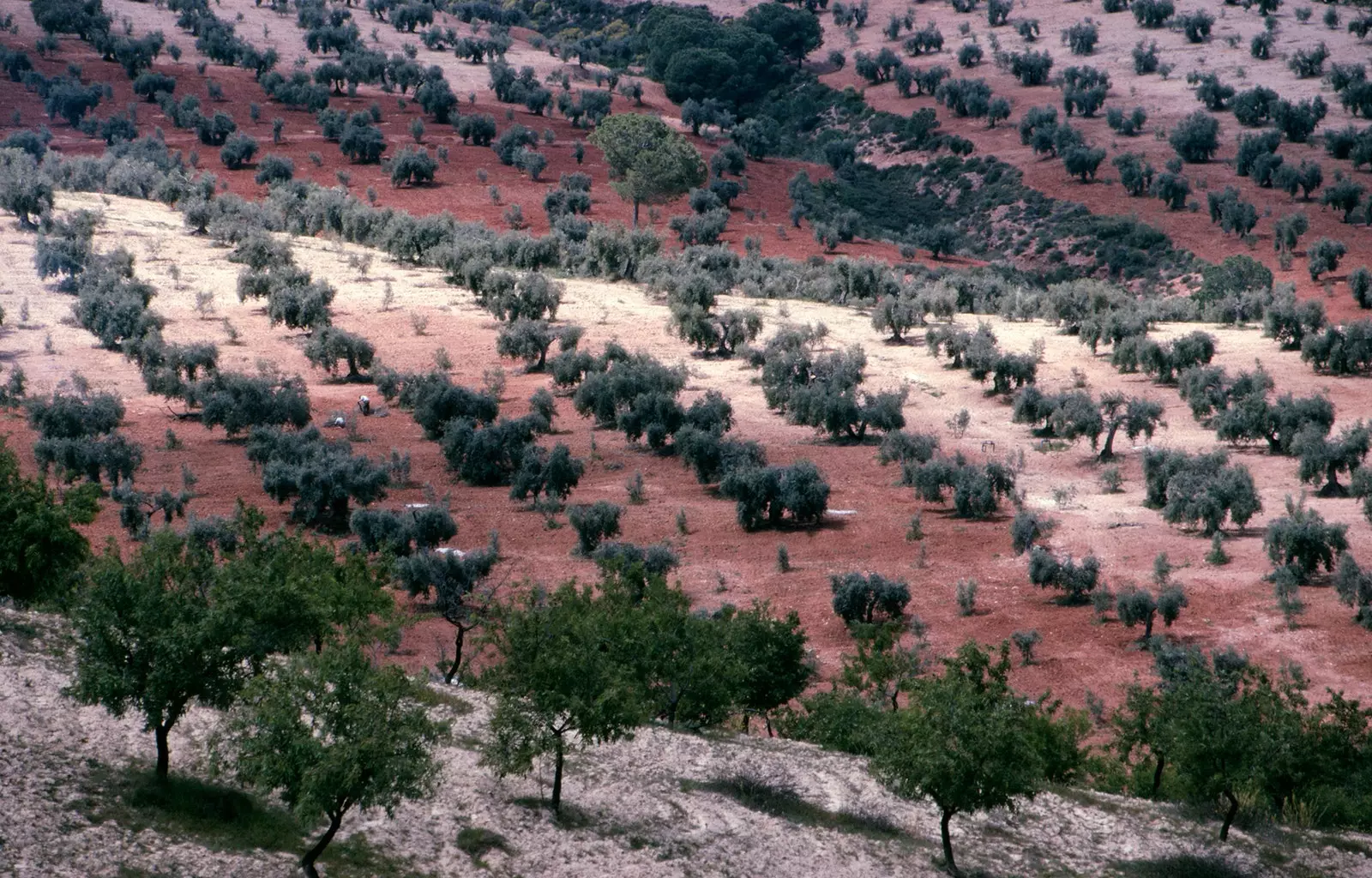
Oil, wine and water
There are many writers, geographers, anthropologists and curious people who have been interested in this picturesque region, but if there is one that deserves special attention, it is Francisco Villaespesa (1877-1936) .
The author was one of the most important modernists and whose work encompasses more than seventy books of poetry. Laujar meant much more to the poet than his birthplace, since he returned to it after the death of Elisa, his first wife, and describes his landscape as a place to find solace in such desolation.
It was to the fountains of his town that he dedicated one of his poems:
“Six springs my people have
and whoever drinks its waters
they have such a taste of glory
that he can never forget them
Love, daydream, poetry
generosity of constancy and loyalty
there are six crystal fountains
gold and silver
that in the nights of my town
melodiously they sing”
The Alpujarra reveals itself as a place where life takes place in harmony with nature. A landscape to be lost for a few days or to stay forever, because as the famous poet says: “The Alpujarra is the balcony where Spain looks out to see, as in a dream, the beautiful coasts of Africa, which through the sea they send smiles of love!”.
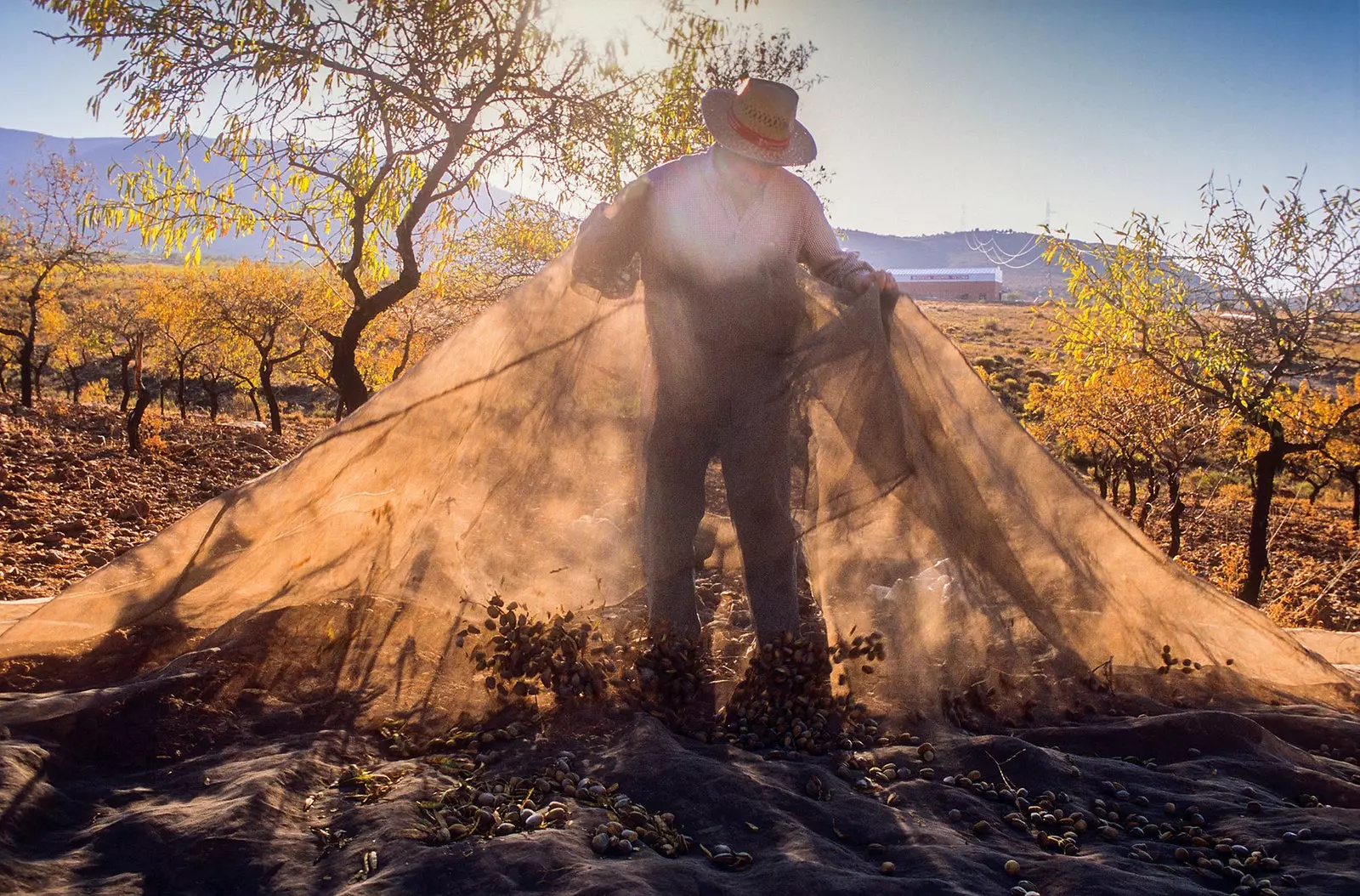
Live off what the land gives us
